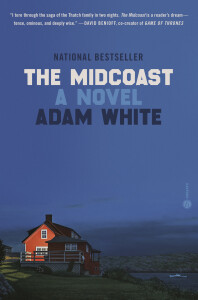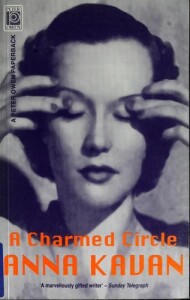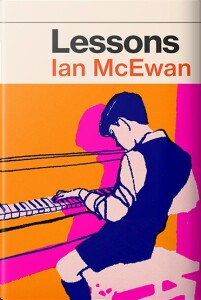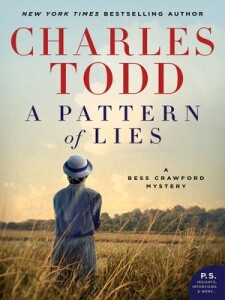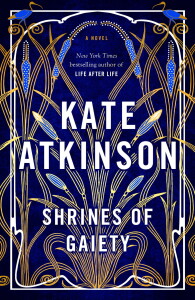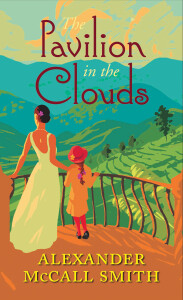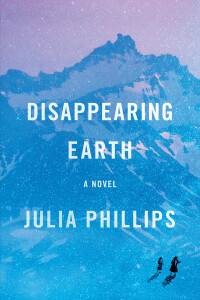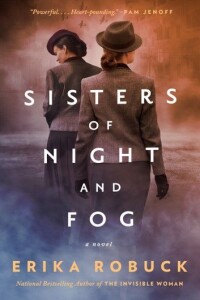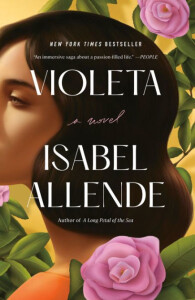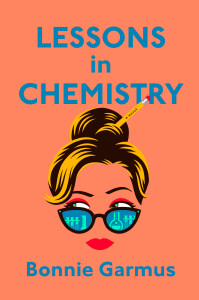
Garmus’s enormously popular book was this month’s choice for two of my book clubs. In early 1960s U.S., Elizabeth Zott is the host of a hit cooking show, but it’s not just any cooking show and she’s not just any woman. She’s actually a research chemist, though her scientific career has been stymied in ways that you can imagine a woman trying to succeed in a scientific field at that time would encounter. Or today, for that matter.
Having lost her job at the research institute, she takes the television job in order to support herself and her daughter. She approaches cooking as chemistry, e.g., “combine one tablespoon acetic acid with a pinch of sodium chloride,” an approach her female audience loves. They start studying chemistry textbooks and begin to find their voices.
If this sounds like a fairy tale, well, that’s what it is. Enjoyable: hilarious in parts, horrible and sad in others. It’s a fast read. And unrealistic, of course.
The idea of chemistry and cooking as a path to empowerment for women has its merits. Many women of the time were undereducated, including my mother who was denied her dream of going to college like her brother because her parents didn’t see any point to it.
However, women should think twice about emulating Zott’s path to success. Stubbornly sticking to your guns, telling misogynistic men who have power over you just what you think about them don’t always work in real life. You can’t count on rousting the misogynists by standing your ground. Force of will is not enough.
And don’t hope to become a champion rower on your first attempt by studying physics.
The many anachronisms contribute to the unreality of the tale. As one of my book club friends noted, Zott is like a modern-day woman transplanted into the repressive, pre-second-wave-feminism period. Plus there were several factual anachronisms, such as talking about defunding the police.
Another factor in the fairy tale atmosphere are all the coincidences. People keep turning up and returning and just happening to be right there when needed for the plot. Zott just happens to be gorgeous but doesn’t care or even notice that she is. She just happens to meet the perfect partner for her who—surprise—adores her back AND is a famous chemist. She has no degrees but is one of the most brilliant chemists in the world just from self-study. I could go on.
I wanted to like this book more. I did like it, once I accepted that it was a fantasy, despite some gruesome scenes. However, as a woman who worked in a male-dominated STEM field through the last quarter of the 20th century and well into the 21st, I had hoped for a more realistic picture of how to deal with the problems involved. Just snapping your fingers and having the magic happen isn’t really useful.
However, the misogyny itself is not a fairy tale, so I hope this story helps young people see how things were back then, and in some ways still are today, whether they want to believe it or not. I hope, too, that this story acts as a corrective to the rosy, nostalgic picture of the 1950s and 1960s being pushed by the radical right.
If nothing else, I hope it encourages young women to go into STEM fields. Yes, there’s still prejudice against women, but it’s also easy to demonstrate real, irrefutable competence.
If you’ve read this novel, what did you think about it?
